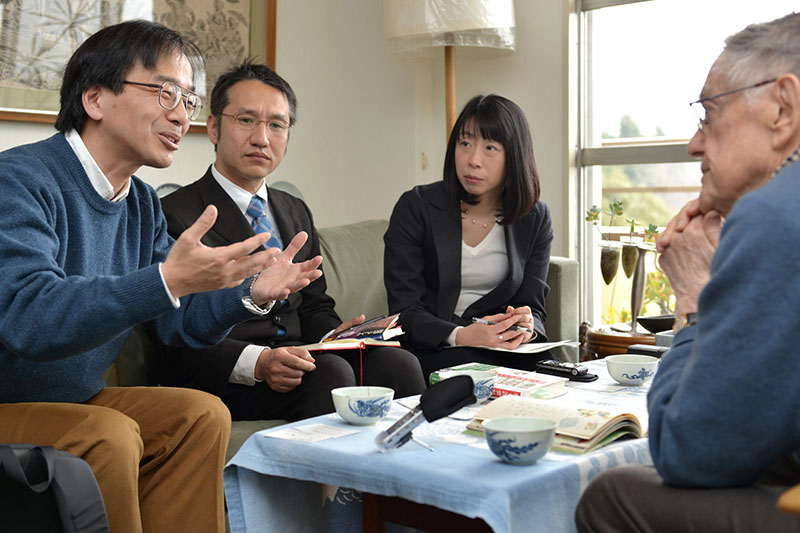
An early trial in science and technology literacy that can be seen in the translation and editing of post-war science teaching materials
After the end of World War II, the science textbook Shogakusei no Kagaku (Science for elementary school students) compiled by the Ministry of Education under the guidance of the United States Army of Occupation, was a textbook to encourage independent thinking and a problem-solving approach through the science of real life. Based on Japan’s first item of study guidance, and consistent with government policy, the scientific approach of a democratic society is advocated for children. However, post-World War II Japan was still focused on the two main approaches of traditional knowledge and textbooks for a sequential study system, so that problem-solving elements had not been inherited.
In this study, text materials from the digitalised teaching materials Kiso kagakukyoiku sosho (Basic science education series) and Shogakusei no Kagaku will serve as the target texts, and will be contrasted with the source text seen by B.M.Parker in ‘The Basic Science Education Series’. A perspective of cultural heterogeneity was present in American science education and we will examine how this was provided to post-war children, and also examine from differences with the original text, the special differences seen in the Japanese translation, and the new science education provided through experiments based on using the real-life conditions of that time.
Kakenhi Basic Research(C) 23501058
Research on Post-war Science Teaching Materials
- Kayoko Nohara, Fumio Nakaya, Minoru Nakayama. “An early trial in science and technology literacy that can be see in the translation and editing of post-war science teaching materials.” Invitation to Translation Studies, Vol. 13, pp. 29-52, May. 2015.
- (JP) 科研研究、最初の論文出ました。仲矢 史雄, 中山 実, 野原 佳代子 「戦後の理科教育改革にみる日本文化に適した科学技術リテラシー教育と社会受容研究」『日本科学教育学会研究会研究報告』vol. 29-4, pp. 49-52.2014-2015.